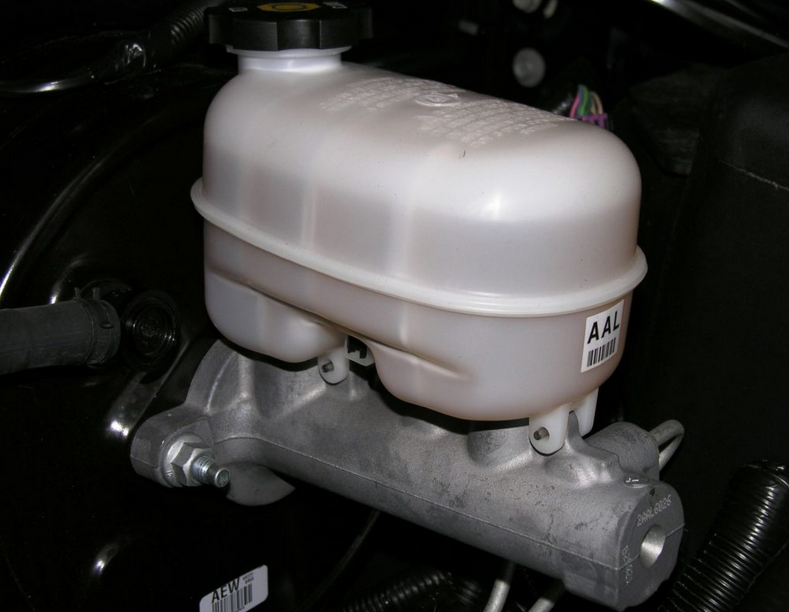Repair instructions
Brake Master Cylinder Guide: Replacement Cost, FAQ, and More
Introduction
The brake master cylinder plays a crucial role in your vehicle’s braking system. It converts the force from your brake pedal into hydraulic pressure that gets distributed to the braking mechanisms at each wheel. If this part fails, your ability to stop safely is compromised.
Types of Brake Master Cylinders
- Single-Cylinder Brake Master Cylinder
The simplest form, a single-cylinder brake master cylinder works like a syringe. When the brake pedal is pressed, the piston inside compresses the brake fluid, which then activates the brakes. The pedal’s return is controlled by a spring that pushes the piston back after you release the pedal. - Tandem Brake Master Cylinder
A tandem master cylinder contains two pistons, one connected to the brake pedal and the other serving as a backup. This design provides extra reliability by ensuring that if one hydraulic circuit fails, the other can still apply braking force to stop the vehicle.

Signs of a Faulty Brake Master Cylinder
When your brake master cylinder starts to fail, you might notice one or more of these issues:
- Spongy or Mushy Brake Pedal
A spongy or mushy brake pedal could indicate a problem with the master cylinder’s ability to maintain proper pressure. It may also point to a fluid leak, causing air to enter the system. - Stuck Brake Pedal
If the brake pedal is slow to return to its normal position, it could be due to issues like a malfunctioning return spring or a clogged port within the master cylinder. - Increased Braking Distance
A longer stopping distance is a classic sign of a failing brake master cylinder. This is often caused by a fluid leak or worn seals, which prevent the cylinder from maintaining proper brake pressure. - Contaminated Brake Fluid
Dirt or debris entering through worn seals can contaminate the brake fluid, leading to decreased performance. Fresh brake fluid is amber-colored, while contaminated fluid may appear dark brown or black.
Why Replacing a Bad Brake Master Cylinder is Critical
A failing brake master cylinder directly impacts your safety. If it fails completely, your vehicle will not stop properly, putting you at risk for accidents. Promptly replacing a bad master cylinder ensures reliable braking performance and prevents further damage to the braking system.
Replacement Cost
Replacing a brake master cylinder typically costs between $270 and $330 for parts alone, depending on the make and model of your vehicle. Labor costs range from $140 to $250, depending on your location and the complexity of the job.
When to Get a New Brake Master Cylinder
If you experience any of the symptoms mentioned above, don’t delay—get your brake master cylinder inspected. A timely replacement will keep your brakes functioning optimally and help you avoid dangerous driving situations.
Summary
Your brake master cylinder is vital to the proper functioning of your braking system. Regular maintenance can help spot early signs of failure, but be vigilant about any changes in your braking performance. If you experience any of the symptoms of a failing master cylinder, it’s essential to replace it immediately for your safety.
